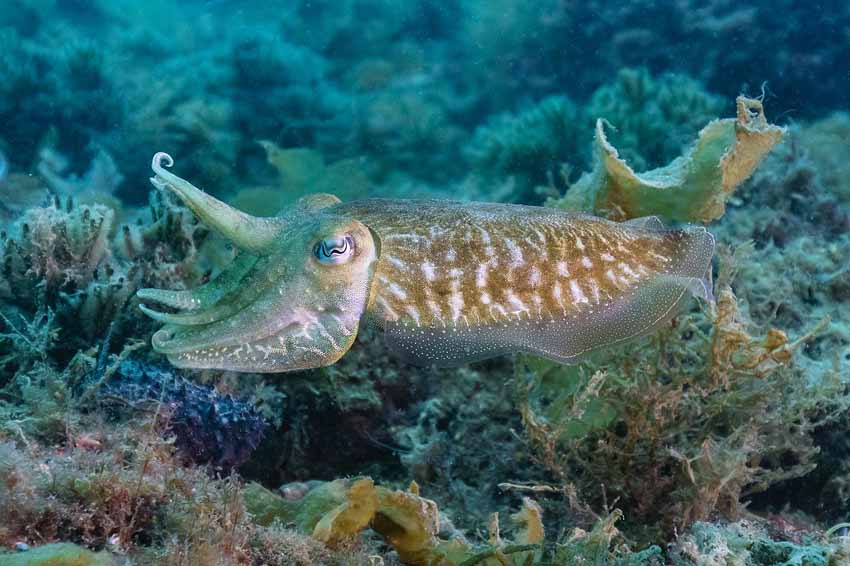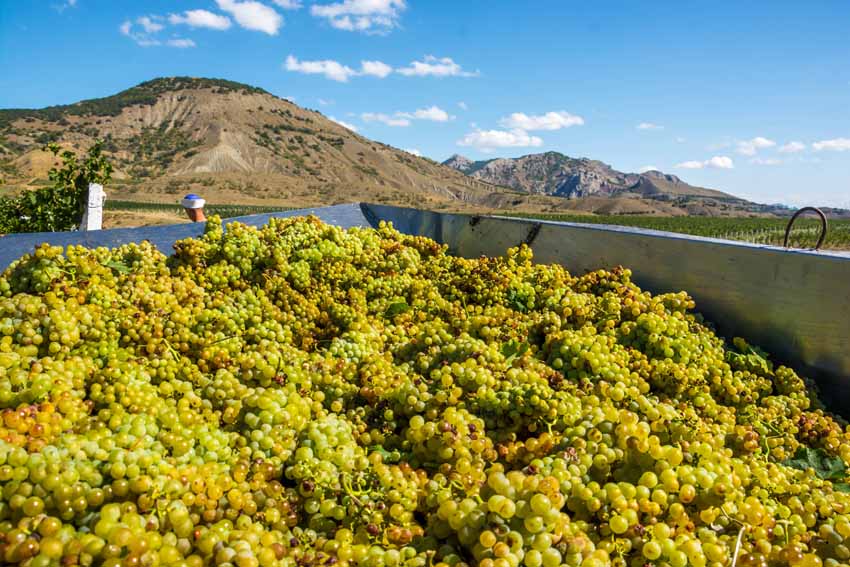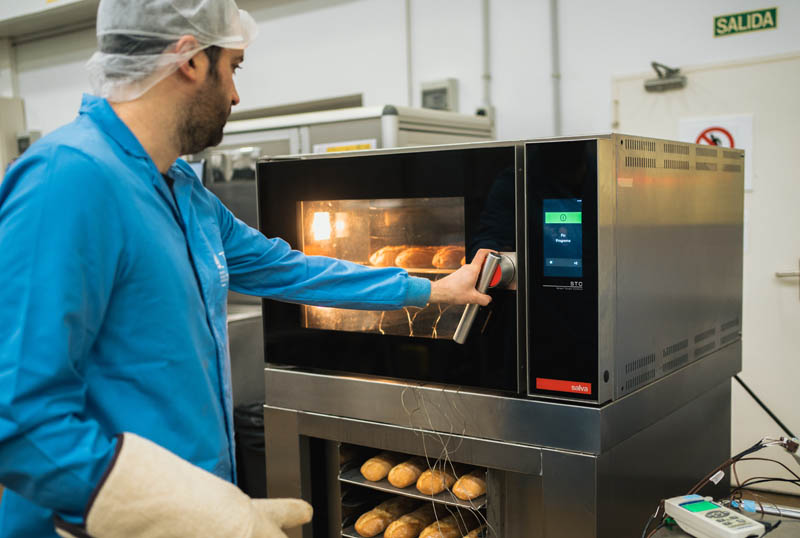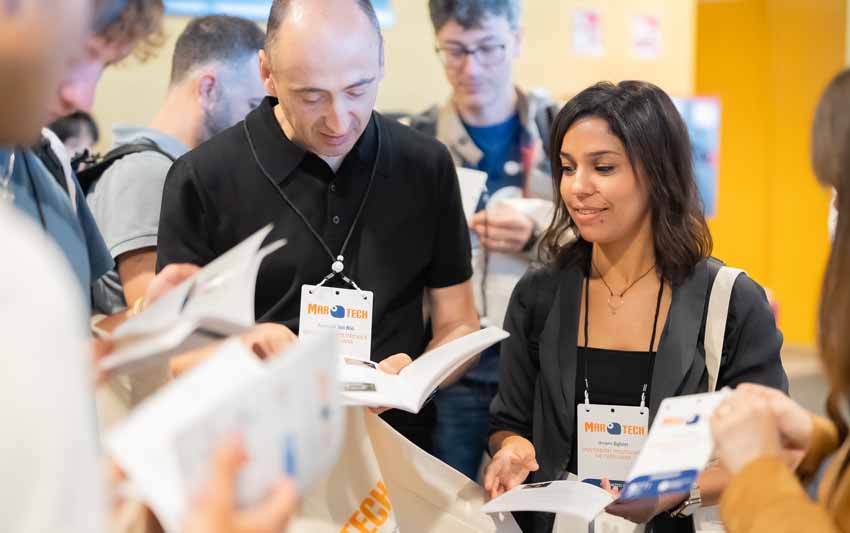The juvenile anchovy population remains at sustainable levels in the Gulf of Biscay
Últimas noticias
An LGTBIQ+ perspective on the animal kingdom
Una mirada LGTBIQ+ al reino animal
Circular Economy in Action: Valorisation of By-products through Projects like PRIMA NEWFEED
- The JUVENA campaign places the biomass of anchovies under one year old currently living in the Gulf at 230,000 tonnes.
- The data anticipates medium-high recruitment for next year’s fishing campaign.
- This initiative, promoted by the Basque Government and carried out annually by the AZTI technology centre, has contributed to responsible and sustainable fishing in the waters of the Gulf of Biscay, as well as to preserving marine resources for future generations.
Los datos de la campaña JUVENA han sido recabados este 2020 por el personal investigador de AZTI a bordo de los barcos “Emma Bardán”, de la Secretaría General del Mar, y “Ángeles Alvariño”, del Instituto Español de Oceanografía (IEO), en sustitución, este último, del buque “Ramón Margalef”, que operó en ediciones pasadas. La nueva embarcación está equipada con un sonar multihaz que ha ayudado a estudiar mejor las agregaciones superficiales de anchoa juvenil y a detectar su abundancia y localización.
Además, el estudio ha ampliado su zona de muestreo hacia el norte, lo que ha permitido una cobertura mejor y más coordinada de las investigaciones con las realizadas por otros institutos europeos. Los datos recabados por JUVENA se integrarán junto con la información obtenida en el Mar Céltico y Canal de la Mancha por la campaña PELTIC, organizada por el Centre for Environment, Fisheries and Aquaculture Science (CEFAS), así como a las cifras que se obtengan en el marco del estudio IBERAS realizado por Instituto Español de Oceanografía y el Instituto Português do Mar e da Atmosfera, en la costa portuguesa.
“De esta forma conseguimos abarcar de forma coordinada toda la anchoa que se extiende en el suroeste europeo, esto es, desde el Golfo de Cádiz hasta el canal de la Mancha, lo que nos aporta una mejor visión de conjunto, al enmarcar nuestras observaciones en un contexto geográfico mucho más amplio, con lo que no solo obtenemos unas estimas más fiables e integrales, sino una mejor comprensión de las dinámicas de la población”, añade Boyra.
Pasaia, 24 November 2020 – To study the stock of young anchovies every year, the population of this species under one year old is essential to ensure the sustainable management of fishing activity and to draw conclusions in order to propose measures for the conservation of marine resources.
This is the context in which the JUVENA scientific campaign is being carried out, the annual monitoring study of the biomass of juvenile anchovies carried out by the Basque technology centre AZTI during the month of September, which this year places the quantity of these specimens living in the waters of the Gulf of Biscay at 230,000 tonnes.
The figures obtained through the JUVENA 2020 study confirm the good state of the resource estimated by the BIOMAN campaign in spring, which recorded a historical maximum of 330,000 tonnes of adult anchovy, and allow a medium-high recruitment to be forecast for the 2021 fishing campaign.
“This year’s biomass estimate shows that anchovy is at healthy levels. No risk scenario is detected for next year’s fishing campaign and predictions anticipate medium-high recruitment in 2021″, says Guillermo Boyra, researcher in the area of sustainable fisheries management at AZTI and head of the JUVENA campaign.
The data from the JUVENA campaign was collected in 2020 by AZTI’s research staff on board the “Emma Bardán”, from the Secretary General of the Sea, and “Ángeles Alvariño”, from the Spanish Institute of Oceanography (IEO), replacing the latter, the vessel “Ramón Margalef”, which operated in previous editions. The new vessel is equipped with multibeam sonar that has helped to better study the surface aggregations of juvenile anchovy and to detect its abundance and location.
In addition, the study has extended its sampling area northwards, allowing better and more coordinated coverage of the research with that carried out by other European institutes. The data collected by JUVENA will be integrated together with the information obtained in the Celtic Sea and the English Channel by the PELTIC campaign, organised by the Centre for Environment, Fisheries and Aquaculture Science (CEFAS), as well as the figures obtained within the framework of the IBERAS study carried out by the Spanish Institute of Oceanography and the Portuguese Institute of the Sea and the Atmosphere, on the Portuguese coast.
“In this way we are able to cover in a coordinated manner all the anchovies that are found in southwest Europe, that is, from the Gulf of Cadiz to the English Channel, which gives us a better overview, by framing our observations in a much wider geographical context, which not only gives us more reliable and comprehensive estimates, but also a better understanding of the population dynamics”, adds Boyra.
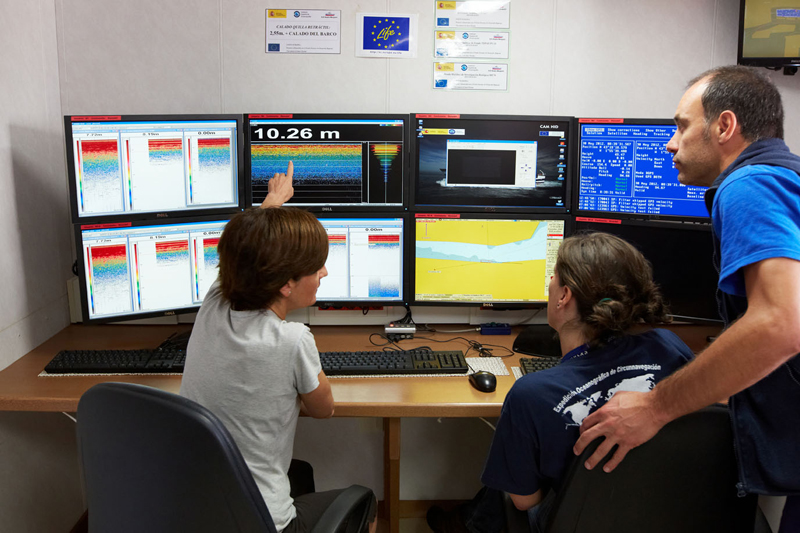
Contribution to responsible and sustainable fisheries
The importance of JUVENA lies in the fact that it allows for the anticipation of the interannual fluctuations in anchovy abundance in order to warn the fishing industry and allow for early action to be taken if necessary.
“Knowing how many young anchovies there are in autumn makes it possible to anticipate how many will reach adults in the following spring and summer, the period in which reproduction takes place and fishing takes place. Only through sustainable management is it possible to guarantee the survival of the species and the future of an economic sector that employs more than 3,500 people, between the fishing activity and the canning and food industry”, reflects the expert. In this sense, this initiative promoted by the Basque Government and carried out annually by the AZTI technology centre, “has contributed to having responsible and sustainable fishing in the waters of the Gulf of Biscay, as well as to preserving marine resources for future generations” concludes Boyra.
The JUVENA campaign, financed by the Basque Government, the Ministry of Agriculture and Fisheries, Food and the IEO, allows us to make recommendations to the fishing authorities based on the data obtained and the current regulations for anchovy exploitation, drawn up by scientists from AZTI, the IEO and IFREMER, and ratified by the European Commission’s Scientific, Technical and Economic Committee for Fisheries (STEC).
